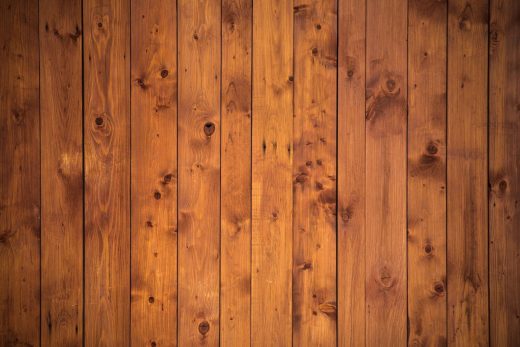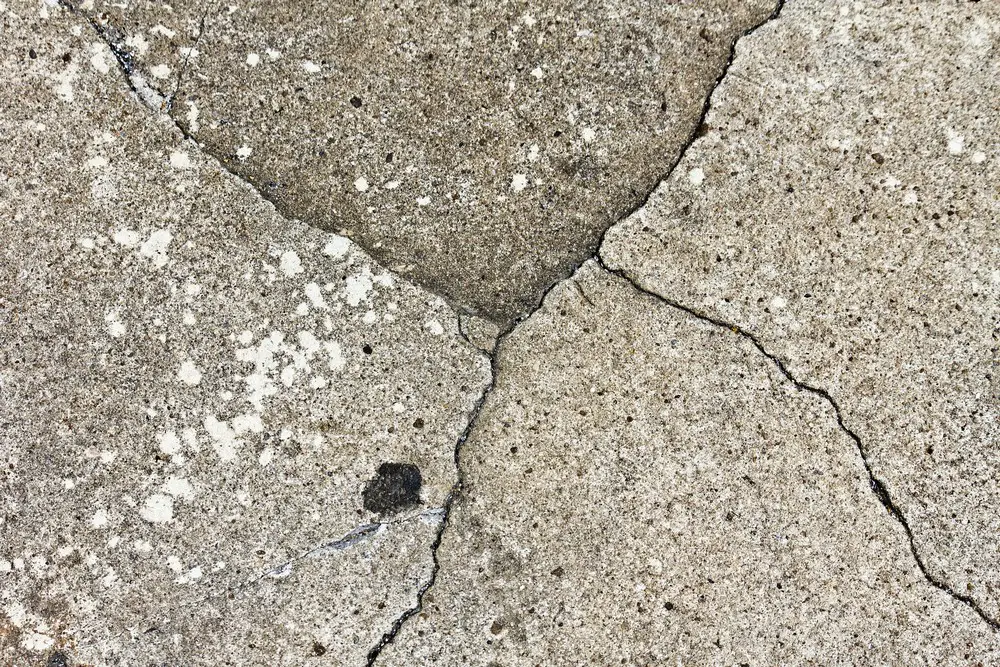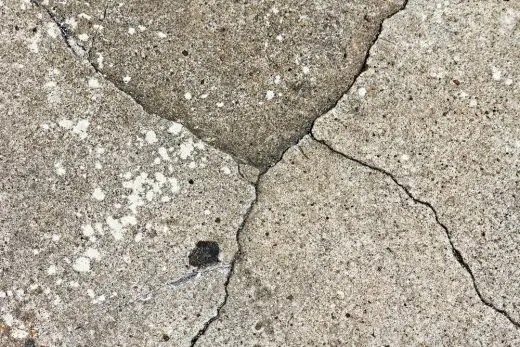How to spot early slab leak detection, Home floor design tips, Property renovation advice
Spot Early Slab Leak Detection
3 Nov 2022
A slab leak is a plumbing problem that occurs when water seeps through the concrete foundation of your home. It can be a very serious issue if left untreated. Slab leaks can cause structural damage and lead to the displacement of the foundation itself. They can also be very expensive to repair, so it’s crucial to take action as soon as you notice them.
How To Spot Early Slab Leak Detection
If your home has a slab leak, you might see signs of moisture in places like the basement or on the floor above where the leak occurs. If your basement has a high moisture level, it’s wise to check for signs of leakage elsewhere in your house to ensure that your entire foundation isn’t damaged.
Whenever you see wet or damp spots on your floors, soggy carpeting, or peeling paint or wallpaper in your basement, check for water damage or leaks, especially after heavy rains and during winter.
What is a Slab Leak?
A slab leak is any crack in the concrete floor under your home. Slab leaks usually appear as small cracks or hairline fractures, but they can also be more severe and cause major damage to the structure of your home.
Slab leaks are one of the most common types of plumbing issues that homeowners face, yet many people don’t know how to spot them until after extensive damage has been done. It’s important to know what a slab leak looks like so you can quickly identify if you have one before it becomes too late.
Caution Signs of a Slab Leak
Spots on your floor: If you have hardwood floors or tile, pay attention to whether they seem wet in any spots because those could be spots of water seeping through from a slab leak. Look around your home for spots that look wet or darker than other areas, and find out where they’re coming from. You’ll want to get a plumber in immediately if you find evidence of a leak because even small cracks in your pipes can cause big problems with mold and mildew if left unchecked.
Fountains and puddles: Sometimes, you may notice water bubbling up from your yard or forming puddles at uneven spots outside your house. This is the result of a slab leak. A slab leak occurs when there is a problem with the plumbing under your house, which can cause water to move underneath the foundation. In this case, you can contact a plumber to learn more about slab leak repair costs.
Cracks in walls or floors: Cracks in your walls or floors that form under sinks, bathtubs, and other plumbing fixtures are signs of a slab leak. These cracks usually accompany mildew growths, peeling wallpaper, and discolored grout lines.
Cracks in the foundation: Large cracks in your driveway or sidewalk are possible signs of a slab leak. These large cracks usually form due to shifting soil and may be accompanied by changes in your yard’s grade level, especially if the crack is near a drain pipe or other underground structure subject to rainwater erosion and pressure.
Inflated water bills: If you notice that your water bill has increased by more than 20% over its usual amount, this could indicate that you have a leak in your house somewhere. Be sure to contact a plumber if you notice this issue.
Low water pressure: This is a typical sign of all plumbing problems, whether they’re related to pipes or a slab leak. If your water pressure seems abnormally low, there’s probably something wrong with your plumbing system, and you should have a plumber take a look at it immediately.
Standing water on your walls: Standing water or fungus on the foundation wall near where pipes enter your home is a sign of slab leaks. If you notice standing water in a spot on your property, check under the house to see if any moisture or fungus is growing on the foundation walls where pipes enter your home. This could be a sign of an active slab leak.
Movement in your foundation: If you notice cracks forming near your doorway or other entryways, this could indicate a slab leak. Pay special attention to cracks that form near doorways and other areas with significant foot traffic. Your area may be over-saturated with water from a leak, which could cause damage to your walls.
Musty smell: Even if you don’t see any visible evidence of water damage, there could still be serious issues lurking beneath the surface of your home. Water damage can lead to mold growth if left unchecked, and mold spores have a distinct musty smell that will likely become noticeable as soon as it begins to grow. Therefore, pay close attention to any musty smell.
Dark spots on your wall: If you notice moist patches or dark spots forming on your wall in the same area, there’s a good chance that you have a slab leak. It could be caused by anything from mold to rotten wood, but if you consistently see these spots in the same area, it’s best to call your plumber and check the problem out.
Water Leak in Your Home Fix Help
Consult with a Professional If You Suspect a Water Leak in Your Home
If you suspect that a water leak may be occurring in your home, do not try to fix it yourself. Many things can go wrong when attempting to repair a water leak on your own. Additionally, it is dangerous for homeowners to attempt DIY drain cleaning because of the chemicals involved in this process. Plunging down a clogged drain line may only cause further damage if done improperly or without proper tools.
The best way for homeowners with suspected slab leaks near their homes is to contact a professional with experience dealing with these issues so they can identify where exactly the problem lies and provide suitable solutions for repairing any leaks found within their premises today.
Spot Early Slab Leak Detection at Home
Key Takeaway
Slab leaks are a serious issue, especially in older homes. Slabs are the foundation of a home and are made from poured concrete. The slab is the structure that supports your entire house, so if there is a problem in the slab, this could cause problems for the rest of your house. Therefore, a slab leak must be detected and repaired as soon as possible. It can be very costly to fix if not caught in time, so it’s best to know the signs and how to detect them.
Comments on this How To Spot Early Slab Leak Detection article are welcome.
Flooring
Flooring Architectural Designs – selection below for property:
Most common flooring installation mistakes homeowners make

Solid wood flooring for your home
Advantages And Disadvantages Of Hardwood Flooring
Common Flooring In Commercial Renovations
Advantages And Disadvantages Of Hardwood Flooring
Building Articles
Residential Architecture – selection:
Comments / photos for the How To Spot Early Slab Leak Detection page welcome.






